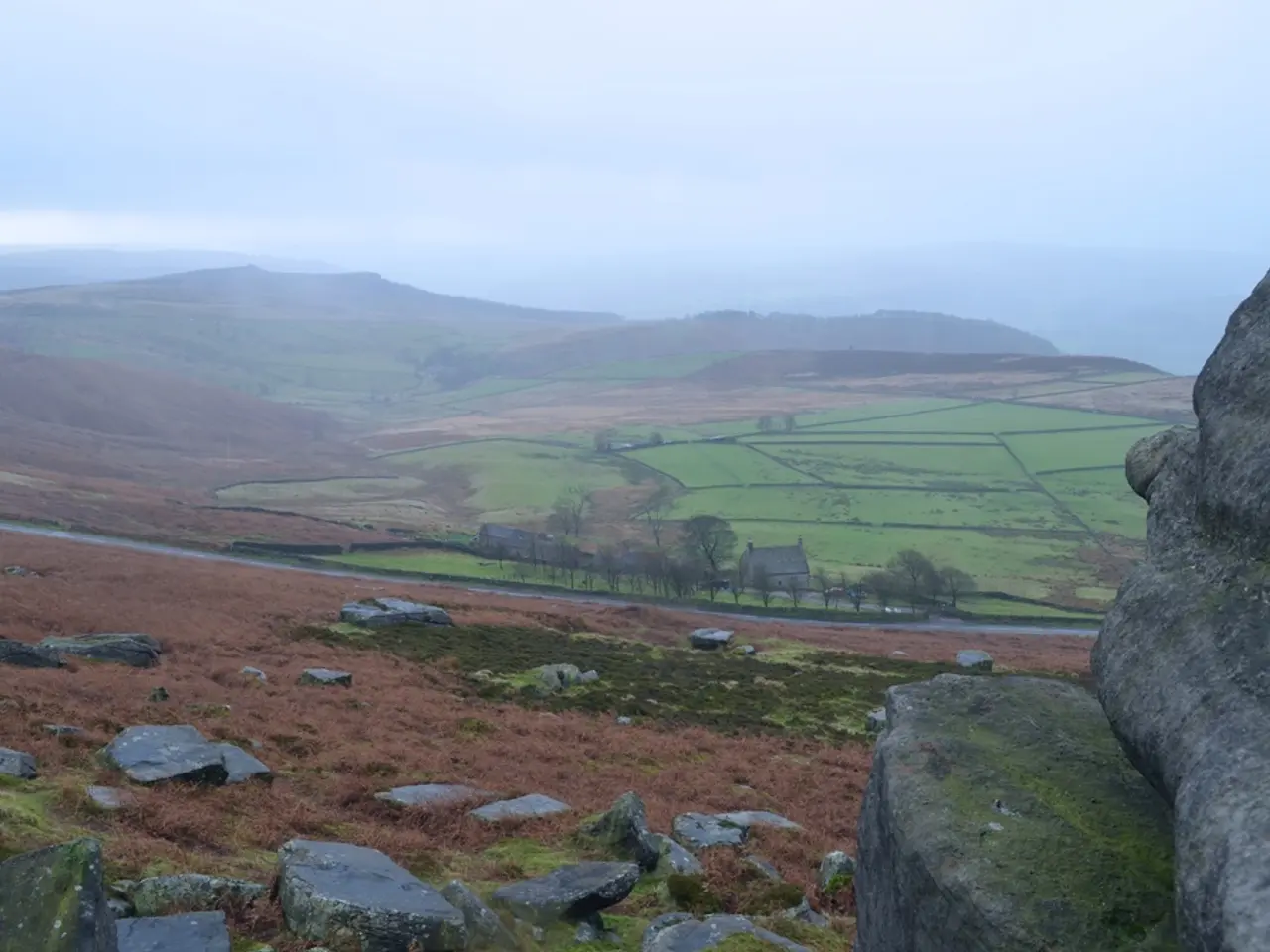Lhasa enshrouded in ominous quietude
In the heart of 1993 China, two cities — Chengdu and Lhasa — painted a vivid picture of the country's transformative journey towards a socialist market economy.
Chengdu, once a quiet city, was now bustling with modernity. Billboards advertising everything from condoms to phone booths with calling cards adorned the streets. Satellite dishes graced the rooftops of buildings, luxury cars navigated the roads, and an abundance of phone shops and restaurants catered to the growing urban population. A towering statue of Mao stood tall at 27 meters in the city's heart, a testament to China's communist past.
However, the city was not without its contrasts. Unemployed farmers could be seen sleeping in sacks outside Chengdu station, seeking work in the factories and construction sites of the city. The Chengdu Stock Exchange, a unique open-air market, was a hub of activity, with thick wads of yuan, fried snake, and rice alcohol common during transactions.
Meanwhile, Lhasa, the spiritual heart of Tibet, was undergoing its own rapid development. Wide avenues and modern structures, including a Holiday Inn, were appearing, marking a stark contrast to the traditional Tibetan architecture. Yet, the city was closely monitored, with the Barkhor area, surrounding the Jokhang temple, a bustling market area with merchants, taverns, and pilgrims, closely watched by Chinese plainclothes police.
Contacts between foreigners and Tibetans were prohibited in Lhasa, making it challenging for outsiders to understand the local culture and people. The Jokhang temple, the Mecca of Tibetans, remained a beacon of tradition amidst the modernisation.
By 1993, China had created a hybrid economic system, often referred to as "socialism with Chinese characteristics." This system combined market capitalism with communist state controls, initiating an economic revolution well before any political reforms or evolution towards democracy. The political structure remained firmly under the control of the Communist Party, even as economic liberalization accelerated.
References:
- Naughton, B. (1995). The Chinese Economy: Transitions and Growth. Cambridge University Press.
- Chen, Y. (1999). The Political Economy of China's Reform. Cornell University Press.
- Riskin, J. (2000). The Politics of Chinese Reform: A Study of the State and the Market. Columbia University Press.
- Walder, A. G. (1995). China Under Reform: Problems of Transition in a Socialist Society. Harvard University Press.
- In stark contrast to Chengdu's booming finance sector and bustling business districts, the serene atmosphere of French lifestyle was hard to find, despite the presence of satellite dishes and modern phone shops.
- Social-media was scarce in both cities during that time, restricting the flow of general-news and limiting the urban population's exposure to global trends.
- The proliferation of luxury cars and phone shops in Chengdu evoked images of an extravagant lifestyle, yet the city's scenic travel spots, such as the Jinli Old Street, were seldom explored by the local populace due to the pressing demand for work and income.
- The political sphere, strongly influenced by the Communist Party, kept a close watch on various aspects of life in Lhasa, including business transactions, pilgrims, and even social interactions, often inhibiting free flow of political discussions or expression.






